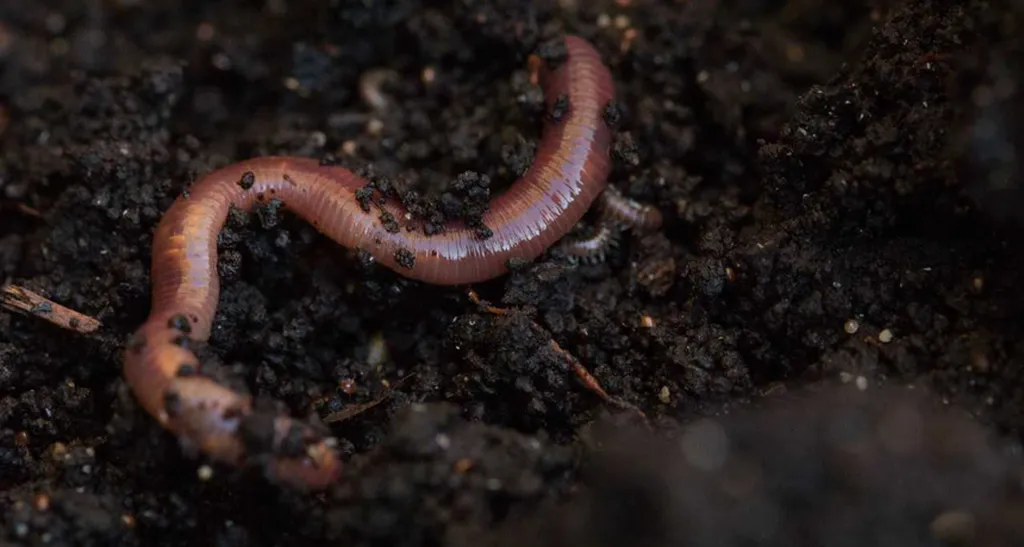In the heart of China’s Yunnan province, a humble creature is making waves in the world of environmental science. Earthworms, often overlooked, are emerging as unsung heroes in the fight against microplastic pollution, according to groundbreaking research led by Hailong Wang from Kunming University and the Yunnan Academy of Ecological and Environmental Sciences. The study, published in *Environmental Chemistry and Ecotoxicology* (which translates to *Environmental Chemistry and Ecotoxicology* in English), reveals how these wriggling workers can mitigate the detrimental effects of polypropylene microplastics (PP-MPs) on plant growth, offering promising implications for sustainable agriculture and soil remediation.
The research focused on Chinese milk vetch (Astragalus sinicus L.), a vital cover crop in China, often used to improve soil fertility and control erosion. The study found that exposure to 1% PP-MPs significantly stunted the plant’s growth, reducing height and shoot dry weight by up to 27.83% and 19.96%, respectively. However, the introduction of earthworms turned the tide. “The addition of earthworms resulted in a remarkable 49.8% increase in plant height and a 32.26% boost in shoot dry weight,” Wang explained. The earthworms worked their magic by enhancing soil nutrient availability and enzyme activity, reducing oxidative stress in the plants, and even influencing gene expression.
The study’s findings are not just a win for environmental science but also hold significant commercial potential, particularly in the energy sector. As the world grapples with the challenges of microplastic pollution, the insights from this research could pave the way for innovative bioremediation strategies. By harnessing the power of earthworms, industries could develop more sustainable and cost-effective methods for soil remediation, particularly in areas affected by microplastic contamination.
Moreover, the research opens up new avenues for understanding the intricate interactions between soil organisms, plants, and microplastics. “Our study reveals how earthworms mitigate the stress caused by PP-MPs on the growth of Chinese milk vetch,” Wang said. “This provides a theoretical reference for alleviating the adverse effects of microplastic pollution on plant growth.”
The implications of this research extend beyond the immediate findings. As we delve deeper into the age of anthropogenic impacts, understanding and leveraging natural processes like those facilitated by earthworms could be key to developing resilient and sustainable agricultural practices. The study’s insights into gene expression and soil microbiome interactions also offer a glimpse into the complex web of life beneath our feet, highlighting the importance of preserving and enhancing biodiversity for ecosystem health.
In an era where microplastic pollution is a growing concern, this research offers a beacon of hope. By shedding light on the ecological significance of earthworms, it underscores the potential for nature-based solutions to address some of our most pressing environmental challenges. As we continue to explore the intricate relationships between organisms and their environments, the humble earthworm may well emerge as a powerful ally in our quest for a more sustainable future.

